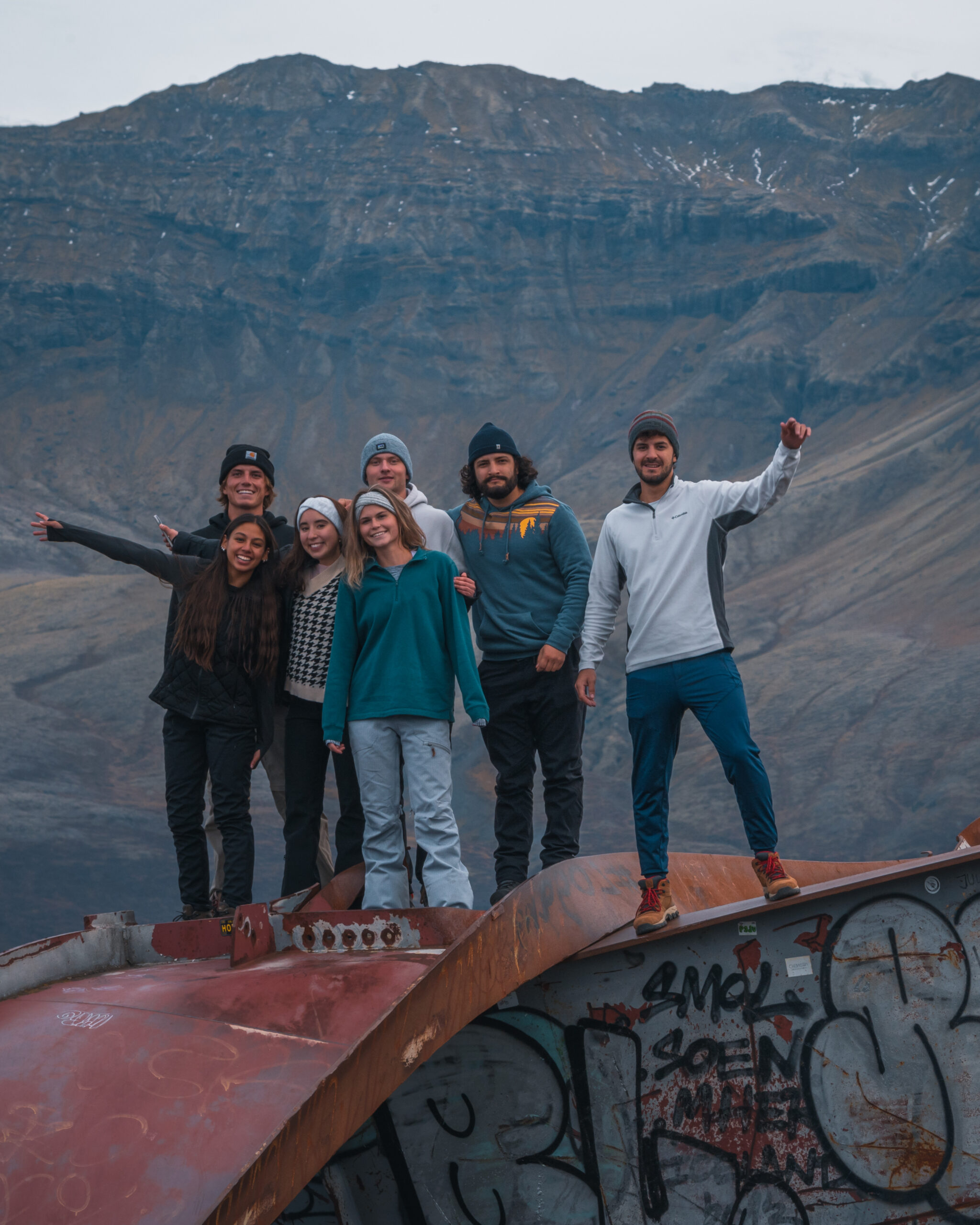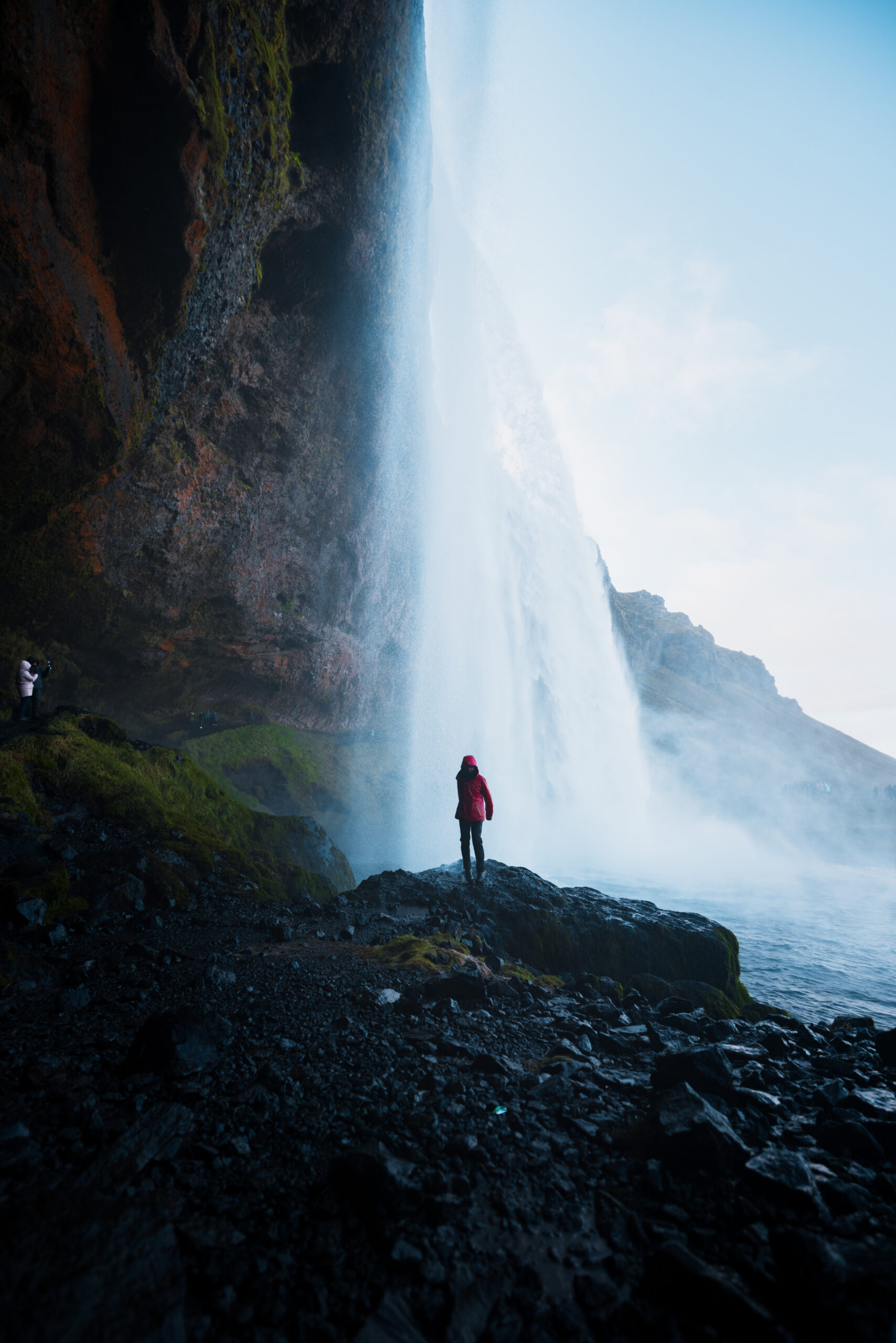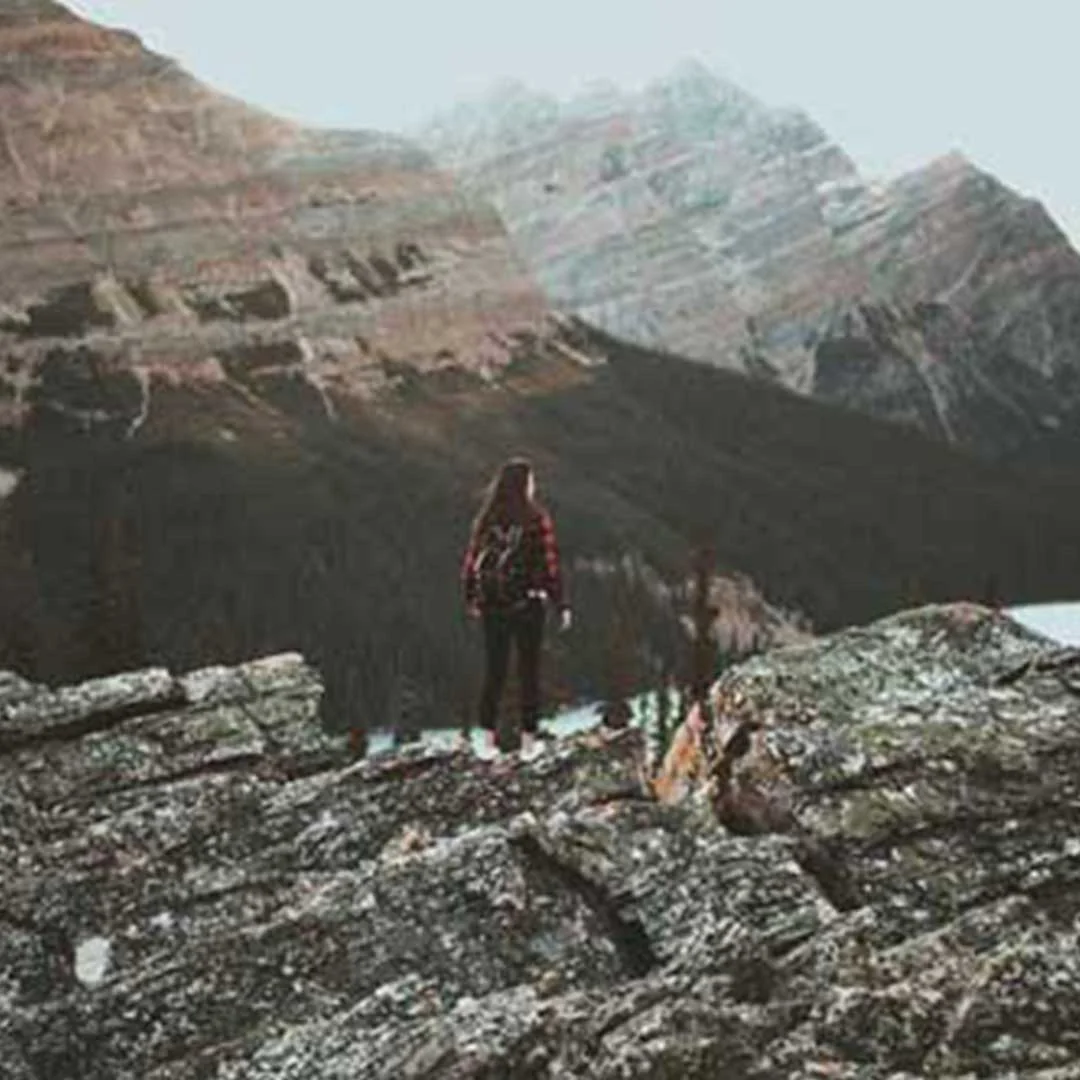Iceland is by far one of my favorite countries. There is so much to do and so much to see while you’re there. If you are planning an epic Iceland trip, then this guide is perfect for you. I will be including 11 important things I think you need to know before you go. I hope to guide you on your trip to Iceland as I share my travel tips from my own experience. I’ve included everything I wish I could’ve been told before my trip.
Table of Contents
- Visa
- Time Difference
- Currency
- Best time to go
- Transportation (Car Rental)
- Arrival/ Getting there (Airports)
- Accommodation
- Language
- Socket/ Adapters
- Food & Water
- Security
- Take-Aways
1. Visa
When planning a trip to Iceland, understanding the visa requirements is crucial. Iceland is a part of the Schengen Area, allowing visa-free travel for up to 90 days for many nationalities. However, if your country requires a visa, apply through the Icelandic embassy or consulate in your home country well in advance. Stay updated on visa requirements via official sources like the Icelandic government website or your nearest Icelandic embassy.
*
2. Time Difference
Iceland follows Greenwich Mean Time (GMT) during standard time and Greenwich Mean Time +1 (GMT+1) during daylight saving time. Adjust your schedule accordingly and check the current time difference between Iceland and your home country before your trip to avoid any timing-related inconveniences.
*
3. Icelandic Krona (ISK)
While you’re planning your trip to Iceland, you might want to keep in mind that this country has its own currency. The currency used in Iceland is the Icelandic Krona, abbreviated as ISK.
1 ISK = 0.0076 USD
*
Credit and debit cards are widely accepted, but having some cash for smaller purchases and places that don’t accept cards is always a good idea. Additionally, foreign currency can be exchanged at banks, currency exchange offices, or ATMs across Iceland.
4. Best time to go
The ideal time to visit Iceland depends on your preferences:
- Summer (June to August): Enjoy the midnight sun, warmer temperatures, and access to highland areas. This is the peak tourist season, so expect larger crowds.
- Spring (March to May) and Fall (September to November): Experience milder weather, fewer tourists, and the chance to witness the Northern Lights. It’s a great balance between pleasant conditions and avoiding peak-season prices.
- Winter (December to February): Explore ice caves, witness the Northern Lights, and enjoy winter sports. Keep in mind that winter days are short, and some areas may be inaccessible.
Ultimately, the best time to visit Iceland depends on your interests and whether you prefer the charm of winter, the vibrancy of summer, or the tranquility of the shoulder seasons. Consider your activities, budget, and weather preferences when planning your trip. Be sure to check out my guide on navigating the seasons in my Iceland Seasonal Insights Guide.
5. Arrival / Getting There
Arriving in Iceland is pretty straightforward:
- Airport Options: Choose the nearest international airport, such as Keflavík International Airport (KEF).
- Transportation to the Airport: Utilize Iceland’s transportation system, including buses and taxis.
Familiarize yourself with airport facilities and flight details for a stress-free arrival.
6. Transportation (Car Rental)
Explore Iceland’s best domestic transportation option:
- Car Rental: Discover the country’s scenic beauty at your own pace. Plan your routes in advance and consider the weather conditions.
- This is definitely the way to go to make the most of your Iceland trip! Check out my tips and insights on how to make this possible here.
Apps to download for navigation: Google Maps and Maps.me
Google Maps is my go-to!
*
7. Accommodation
Iceland offers diverse accommodation options:
- Hotels: Find comfortable hotels in cities and towns.
- Guesthouses: Experience a personal touch at charming guesthouses.
- Hostels: Budget-friendly options for backpackers.
- Vacation Rentals: Explore apartments and cottages through platforms like Airbnb and Booking.com.
- Mountain Huts: For a rustic adventure.
- Spa Resorts and Luxury Retreats: Indulge in pampering accommodations.
The choice of accommodation depends on your budget, travel style, and the regions you plan to visit. Book ahead, especially during peak seasons, to secure your ideal spot.
Be sure to check out my guide for a more detailed breakdown of everything you should know to book your ideal accommodation options.
*
8. Language
Iceland has one official language, Icelandic!
English is widely spoken, especially in tourist areas and among the younger population.
Remember that Iceland’s language is part of its charm, so don’t be discouraged if you encounter areas where only Icelandic is spoken during your visit. Learning a few basic greetings and phrases in the local language can enhance your travel experience and foster goodwill with the locals.
9. Travel Adapters
When traveling to Iceland, it’s essential to be prepared with the right travel adapter to ensure your electronic devices can be used.
Iceland uses Type F electrical outlets. It’s a unique plug type, so make sure you have the right adapter before your trip.
*
10. Food & Water
Explore Iceland’s culinary scene:
- Dining Out: Try local dishes like lamb stew, Icelandic fish, and skyr. Dining out can be a great experience, but it tends to be more expensive. So, reserve restaurant visits for special occasions and regional specialties.
- Grocery Stores: Purchase groceries, snacks, and ready-made meals from supermarkets like Bónus and Krónan. This is a budget-friendly option for travelers, allowing you to enjoy picnics and prepare meals in your accommodation.
- Tap Water: Icelandic tap water is safe to drink. Utilize public water fountains to refill your reusable water bottle. This not only saves money but also reduces plastic waste.
- Cafes and Bakeries: Enjoy Icelandic coffee and pastries in cafes and bakeries.
Whether you choose to dine out, shop at supermarkets, or indulge in local market finds, Iceland’s food scene is diverse. Don’t forget to stay hydrated with the readily available tap water and embrace the opportunity to savor Icelandic culinary specialties.
11. Security
Iceland is considered a safe destination for travelers. Like any travel destination, practice standard precautions like safeguarding your belongings and staying vigilant in crowded tourist areas. The country is well-prepared for emergencies, with efficient services.
Take-Aways
- Icelandic Krona (ISK) is the currency.
- Diverse accommodation choices are available.
- Bring a Type F plug adapter.
- Download navigation apps like Google Maps.
- Icelandic tap water is safe to drink.
- Consider using supermarkets like Bónus.
- Iceland is considered a safe destination.
This is my ultimate guide based on firsthand experiences during a trip to Iceland. I hope it proves valuable for anyone planning their Icelandic adventure. Safe travels!

















Leave a Reply